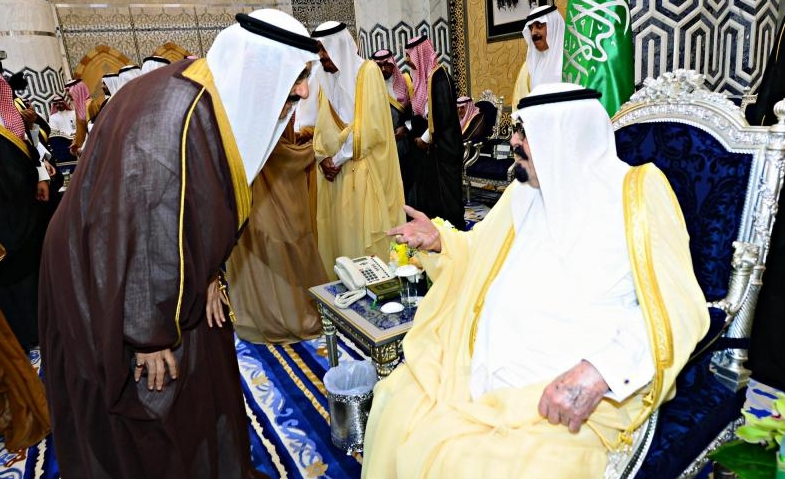Sada, the Carnegie Endowment for International Peace’s online journal focusing on the Middle East, poses the question, Is Saudi Arabia Stable?, to five experts. The responses look closely at trends that could threaten Saudi stability. Though occasionally dire, they are generally thoughtful and the points of emphasis are varied. They are also short and to the point one-pagers; always a good thing.

Frederic Wehrey, senior associate in the Middle East Program at the Carnegie Endowment for International Peace and author of Sectarian Politics in the Gulf: From the Iraq War to the Arab Uprisings, chooses to focus on Saudi Arabia’s Eastern Province as a bellwether for the country:
“True, the region carries its own unique grievances related to sectarian discrimination against its Shia citizens. But many of the protesters’ calls are echoed by activists elsewhere in the country, albeit at lower decibel levels: the release of political prisoners, greater power for elected municipal councils, an independent judiciary, a constitution, and economic reforms. In this respect, the province should not be treated solely as an isolated pocket of discontent, but rather a sort of bellwether for the overall health of the country.”
In his commentary, Stable for Now, F. Gregory Gause, professor of political science at the University of Vermont and a senior non-resident fellow at Brooking’s Doha Center, observes:
“What could change the picture of Saudi stability? Obviously, a dramatic and sustained reduction in the price of oil would eventually lead to a fiscal crisis in the Kingdom, calling into question the patronage base of the regime. A serious split in the ruling family, when power finally passes to the next generation of princes, could also shake the regime. If the two scenarios happened simultaneously, the chances of regime survival would decrease markedly.”
In his post entitled, Oil, Jobs, and Long Term Stability, Steffen Hertog, senior lecturer at the London School of Economics and Political Science and author of Princes, Brokers, and Bureaucrats, addresses private-sector employment:
In the long run, Saudi Arabia will have to undergo a painful shift away from both public sector over-employment and dependence on migrant labor. Such a shift means short-term pain for both citizens and business. Times are probably too good to impose such pain right now. Once the state reaches its fiscal limits, however, the forced shift away from state dependence would be all the more sudden and violent. This does not guarantee revolution, but it would mean potential for serious instability for the first time in decades.
In Looming Political Shift, Christopher Davidson, lecturer of Middle East Politics at Durham University and author of After the Sheikhs, highlights social media:
More importantly, it is also demonstrating that powerful new modernizing forces—in this case globalizing communications technologies that can neither be co-opted nor controlled by the state—are having a huge impact on a restless, hitherto traditional society that now enjoys one of the highest broadband and smartphone penetration rates in the world. Indeed, Saudi Arabia now generates more tweets per capita than the United States.
In Reforming at their own Pace, Fahad Nazer, political analyst at JTG Inc and former political analyst at the Embassy of Saudi Arabia in the United States, notes that,
A common perception among casual observers portrays Saudi Arabia as an anachronism: a country whose political and social institutions are relics of a bygone age and do not reflect the demands, realities—or sensibilities for that matter—of a “modern” state.
However, those who follow developments in the kingdom closely over an extended period of time—particularly since the end of the first Gulf War—tend to consider the tentative steps the government has taken towards political, social, and economic reform as reflective of some level of awareness among Saudi leaders of the changing demographics and political culture of the kingdom. These steps also suggest that leaders are more attuned to the pressures exerted from the outside, especially since the Arab Spring swept the region, than some might assume.









